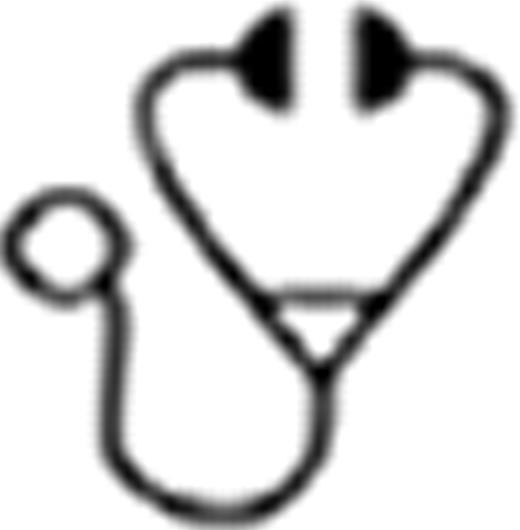Abstract
Abstract  3628
3628
We conducted a randomized trial comparing two different doses of daunorubicin as induction chemotherapy in young adults with acute myeloid leukemia (AML) and showed intensification of induction therapy using a high daily dose of daunorubicin (90 mg/m2/d × 3d) improved both complete remission (CR) rate and survival duration compared to standard daunorubicin dose (45 mg/m2/d × 3d) (Lee JH et al. Blood 2011;118:3832). Our results confirmed the ECOG work (Fernandez HF et al. N Engl J Med 2009;361:1249). Thus, high-dose daunorubicin (90 mg/m2/d) for 3 days should be the future standard of care for induction of patients with AML. However, it is not known whether a dose of 90 mg/m2/d is superior to a dose of 45–90 mg/m2/d. It is also necessary to compare the effects of high-dose daunorubicin with that of other agents, especially idarubicin. For these reasons, we began another randomized trial comparing two induction regimens in young adults with AML: idarubicin vs. high-dose daunorubicin. This study is now recruiting patients (ClinicalTrials.gov #NCT01145846). Here, we present the results of interim analysis of the study.
This study began on May 2010 and target number of patient's accrual is 300. A total of 161 patients (65 years or younger) with newly diagnosed AML except acute promyelocytic leukemia were registered in this study as of March 22, 2012. Four patients were removed from the study (patient's refusal to be randomized in 2 and change of diagnosis in 2) and the remaining 157 patients were analyzed. After random assignments, 81 patients received idarubicin (AI, 12 mg/m2/d × 3d) and 76 patients received high-dose daunorubicin (AD, 90 mg/m2/d × 3d) in addition to cytarabine (200 mg/m2/d × 7d) for induction of CR. Patients with persistent leukemia received the second attempt of induction chemotherapy, consisting of idarubicin (AI, 12 mg/m2/d × 2d) or daunorubicin (AD, 45 mg/m2/d × 2d) plus cytarabine (5d). Patients who attained CR received 4 cycles of high-dose cytarabine (3 g/m2 × 6 doses) in patients with good- or intermediate-risk cytogenetics and 4 cycles of cytarabine (1 g/m2 × 6d) plus etoposide (150 mg/m2 × 3d) in those with high-risk cytogenetics. Hematopoietic cell transplantation (HCT) was performed according to attending physician's discretion.
CR was induced in 123 (78.3%) of 157 patients. Reasons for induction failure were resistant disease in 26, hypoplastic death in 2, and indeterminate cause in 6. As postremission therapy, 3 patients received no further treatment, 35 received consolidation chemotherapy without HCT, 73 underwent allogeneic HCT, and 12 underwent autologous HCT. The CR rates were not significantly different between two arms: 77.8% (63 of 81, AI) vs. 78.9% (60 of 76, AD) (P=0.859). With a median follow-up of 285 days, overall survival probabilities at 18 months were 65.6% in AI vs. 72.6% in AD (P=0.278). The probabilities at 18 months for relapse-free survival were 78.5% in AI vs. 86.2% in AD (P=0.563) and those for event-free survival were 61.5% in AI vs. 67.7% in AD (P=0.078). Toxicity profiles were similar between two arms.
The results of interim analysis of this ongoing phase 3 trial, which compares idarubicin (12 mg/m2/d × 3d) with high-dose daunorubicin (90 mg/m2/d × 3d), did not show significant differences in the outcomes of patients. It appears that the effects of two drugs with the doses in current study are equivalent as an induction chemotherapeutic agent in regards to CR rates and overall, relapse-free or event-free survivals.
No relevant conflicts of interest to declare.
Author notes
Asterisk with author names denotes non-ASH members.

This icon denotes a clinically relevant abstract

This feature is available to Subscribers Only
Sign In or Create an Account Close Modal